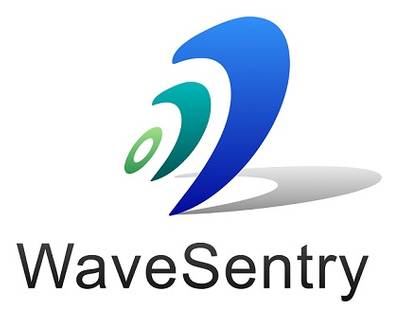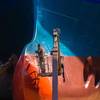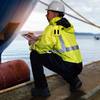Sea Forecasting Project Aims for Commercial Service
WaveSentry, a Technology Strategy Board funded project backed by a consortium of industry and academic experts, successfully concluded at the end of April with an event to present the key outcomes of the project explore technologies and opportunities for further development of wave measurement and maritime forecasting.
The WaveSentry project consortium aimed to develop a new information and forecasting tool for managing the risks of marine operations in adverse sea states. Delegates at the final event participated in an informative afternoon to hear about the advances achieved in sea-state measurement, data processing and portrayal which has been achieved through this research project.
Having demonstrated the viability of the WaveSentry system the aim now is to build upon the project’s achievements towards a commercial service. Such a service will offer improved sea state forecasting and nowcasting through the application of real-time sea-state modeling based upon the outputs of large and diverse datasets. A commercial service could be made available to subscribers through a variety of methods; forecasts will be targeted on a site-by-site basis to provide improved and targeted sea state forecasts for specific areas or routes, according to the clients’ end requirements.
The developed application will provide a context for advances in decision support applications in the broad fields of shipping management including marine renewable energy installation/servicing, shipping, search and rescue operations, cable/pipe laying, marine operations coordination, oil and gas activities, fisheries, coastal management, flood management and coastal leisure activities.
The fully operational WaveSentry system will provide data product outputs based around a set of sea-state parameters and will present this information according to the needs of the end-user community. Throughout the project wide-ranging end user groups have been consulted to ensure the output is one of value and worth to potential customers. Furthermore, this work helped address developments in visualization, user interaction and the characterization and handling of error.














